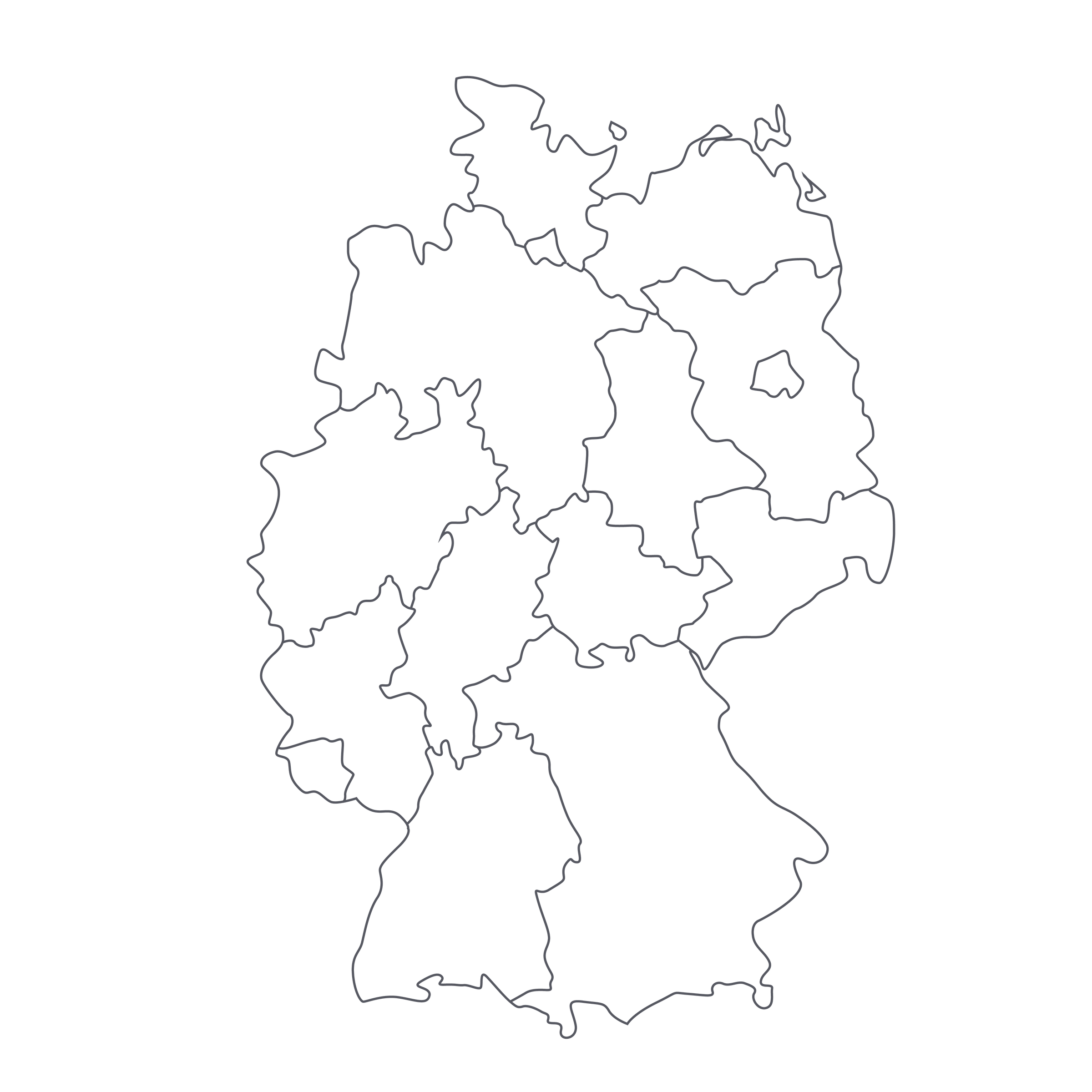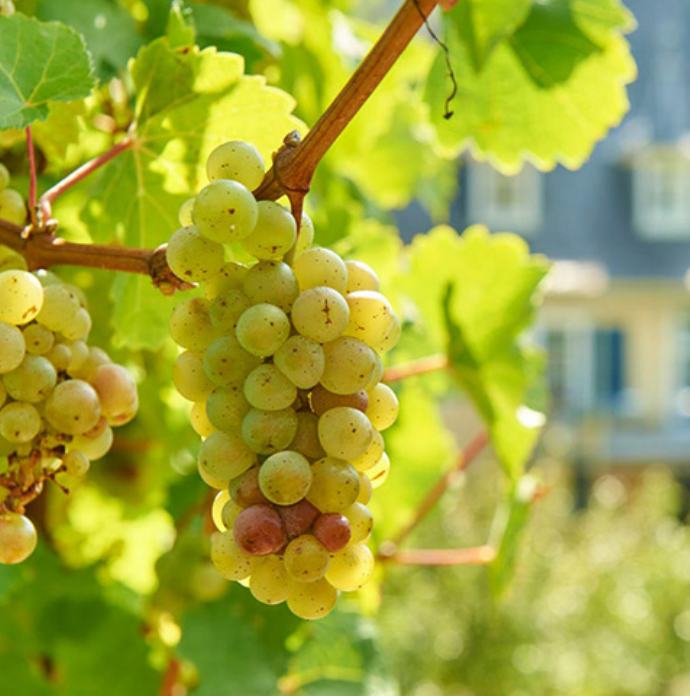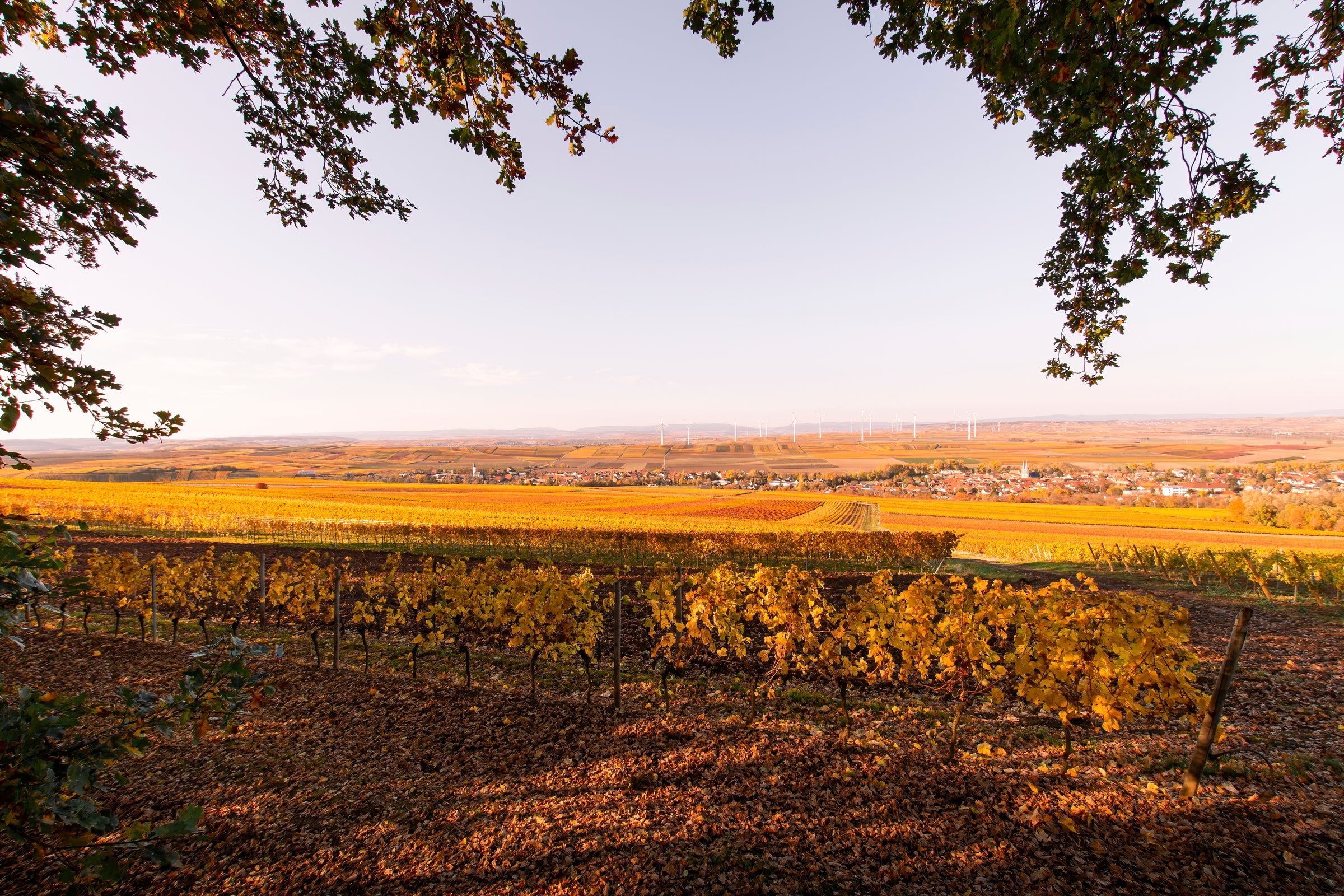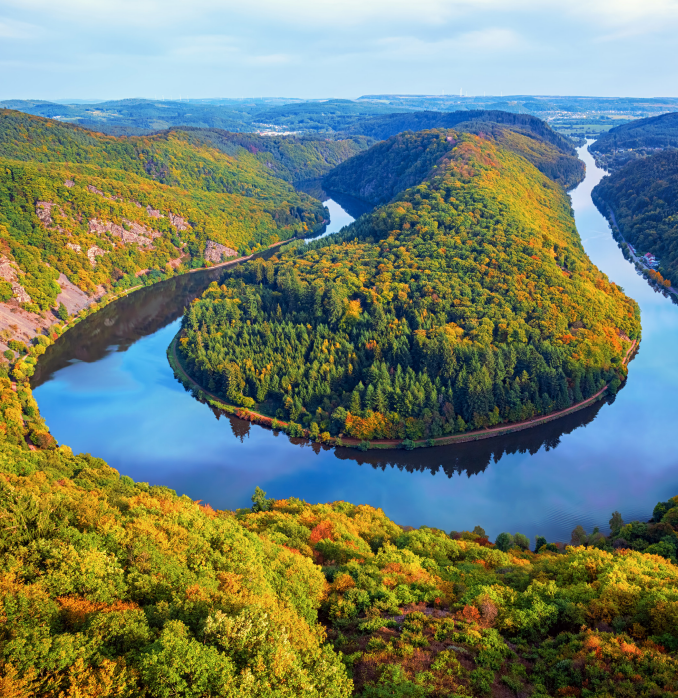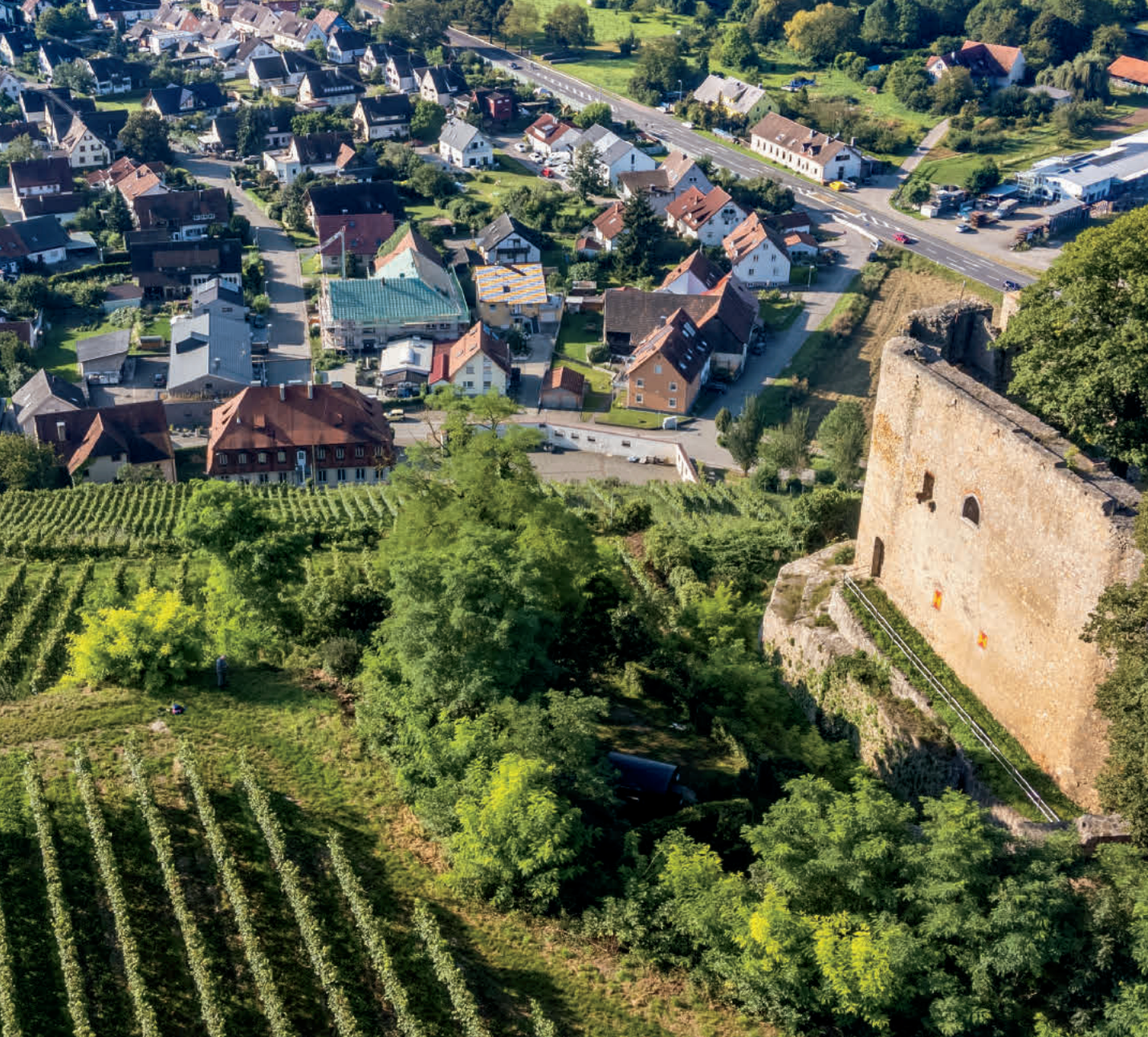Karl Erbes and his son, Stefan, make German Rieslings that check all the right boxes for me. Family-run winery? Check: Celebrating its fifth decade this very year. Prime location? Check that twice: 12 acres, split between two prized vineyards, “Ürziger Würzgarten” and “Erdener Treppchen.”
Pedigreed vines? Check: All their vines are non-grafted Riesling, the oldest between 70 and 80 years old. Estate-bottled? Check: Bottled and matured at their estate in Ürzig. Great vintage? Check that three times: 2015 is hailed as one of the best vintages in decades. And finally, how about value? Check it, circle it, draw some arrows and exclamation points…there’s so much wine for the money here it’s ridiculous.
What’s their secret? Well, like a lot of German winemakers in the Mosel, they’re taking great risks growing grapes—and subsequently harvesting them—on extremely steep slopes. But it just so happens that Erbes’s slopes are better positioned than most, with ideal (if steep) angles that catch maximum ripening sunlight throughout the growing season. For the Erbes team, all the work must be done manually, including the harvest. In fact, the vineyard from which this Riesling is produced, Erdener Treppchen, takes its name from the “little staircases” made of stone that were dug into the hill in the middle ages to help access the vineyards. The soils of Erdener Treppchen are predominantly red slate, which lends the wine its sharply defined mineral grip.
Here’s a quick read of this wine’s label, for those still learning how to decode them: Karl Erbes is the name of the producer (though we now know his son, Stefan, is co-producing), who sources this wine from a vineyard in the village of Erden (“Erdener,” or “from Erden”) which has a steep stone staircase (“treppchen”) running up it to assist workers in scaling its slopes. “Riesling,” of course, is the grape. “Kabinett” is a somewhat loaded term in German wine law, basically meaning that the grapes must be fully ripe when picked, but not “as ripe” as other classifications further up the ladder (i.e. Spätlese), yielding wines that are generally lighter and lower in alcohol than your average New World Wine (usually around 9-11%, versus 13-14%). “Mosel” is one of Germany’s 13 official wine regions; the third largest in terms of production but considered by many to be the most prestigious, because of the spectacular vineyards that are grown there. Lastly, “2015”: By all accounts, this is a landmark vintage.
The 2015 Erdener Treppchen from Erbes is not merely racy and refreshing but serious and substantial, the product of a vintage that delivered ripeness and power across most of Old World Europe. In the glass it is a deep yellow-gold with green reflections at the rim, and it announces itself aromatically as only great Riesling can—with an exotic explosion of yellow peach, pear, white flowers, a hint of ‘petrol,’ and lots of wet stone minerality. It has a rich, buxom texture for a wine of the
kabinett designation, and yet its residual sugar remains more of a suggestion than an actual reality once the pronounced acidity washes over the palate. No other white wine in the world messes with your head like this, and perhaps no other white wine offers this mixture of complexity and sheer refreshment (usually you get one or the other). Serve this between 45-50 degrees to really bring out its aromatics, as its sugar is so well-moderated you won’t need it any colder (sometimes we advise serving German Rieslings a touch colder to tamp down the effects of residual sugar). And of course the food pairing possibilities are practically limitless. Try it alongside a
Thai green curry (whether you make it yourself or order in)—then you can check the “Food Friendly” box, too!


